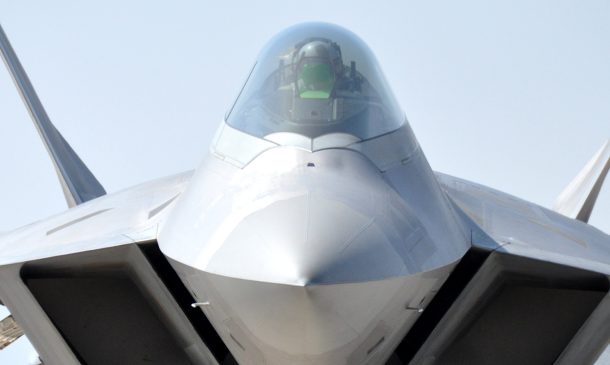NISP eMASS DAAPM DCSA | Guidance on the "TRExport" Spreadsheet
The “Test Results” field is one of the most heavily scrutinized areas within the “TRExport” spreadsheet, and understandably so, as DCSA personnel want to know exactly what test procedures were performed for validating the control. With that said, you need to provide relevant, factual, detailed information.
NISP eMASS DAAPM DCSA | Guidance on the "ControlInfoExport" Spreadsheet
One of the most notable issues when it comes to working towards the A&A process within eMASS for cleared contractors is completing the exportable spreadsheets that are not only extremely time-consuming, but also requires providing sufficient detail in a manner that’s acceptable to DCSA personnel.
NISP eMASS DAAPM DCSA Requirements for Contingency Plan (Appendix P) - Download Toolkit Today
Per Appendix P of the Defense Counterintelligence and Security Agency Assessment and Authorization Process Manual (DAAPM), cleared industry is required to develop and document a contingency plan for the system. At Arlington, we offer more than 100 + NIST RMF policies, procedures, programs, and plan templates for helping cleared industry develop all required documentation, and that includes the much-needed contingency plan.
NISP eMASS DAAPM DCSA Requirements for Risk Assessment Report (Appendix C) - Download Toolkit Today
As stated in the Defense Counterintelligence and Security Agency (DCSA) Assessment and Authorization Process Manual (DAAPM), DoD & Cleared contractors in industry are required to perform, at a minimum, an annual risk assessment, and one that is specific to an actual ‘system’.
NISP eMASS DAAPM DCSA Requirements for Insider Threats - Download Insider Threat Program
Version 2.2 (31 August 2020) of the Defense Counterintelligence and Security Agency Assessment and Authorization Process Manual (DAAPM) mentions the phrase "insider threat" fifteen times, and for good reason. It's well-known that cleared industry has strict requirements for implementing and maintaining an insider threat program.
America’s M1 Abram Tanks Heading to Ukraine to do Battle in what Biden calls “Not an Offensive Threat to Russia”
America’s tank muscle - the legendary M1 Abram - is heading to Europe to help Ukraine in the war with Russia. A resolute President Joe Biden noted how “They need to be able to counter Russia's evolving tactics and strategy on the battlefield in the very near term. They need to improve their ability to maneuver in open terrain. And, they need an enduring capability to deter and defend against Russian aggression over the long term.”[1]
Department of Air Force Set to Conduct "BRAVO" Hackathon in 2023
Cybersecurity is permeating every corner of America’s Defense Industrial Base (DIB), and that includes the U.S. Air Force. To bolster the military’s cybersecurity posture, the Department of Air Force is set to conduct its next “Bravo” Hakathan in 2023. And interestingly, any U.S. citizen may apply, you don’t need a security clearance, and it’s a great way to collaborate with America’s defense industry with regards to cybersecurity.
DoD Establishes the Defense Management Institute (DMI), a non-profit, non-partisan Research Organization
The Department of Defense (DoD) has announced the establishment of the Defense Management Institute (DMI), a non-profit, nonpartisan research group that will be managed by the Institute for Defense Analytics (IDA), with the goal of bringing together subject matter experts and practitioners for purposes of collaboration, research, and other endeavors.
The Indo-Pacific and China's Growing Military Presence forces to DoD to Re-Assess Strategy
The United States, well aware of China’s growing influence in the Indo-Pacific, is requiring the Department of Defense (DoD) to ensure it has a dedicated strategy “...to ensure that our combined deterrent is stronger than ever before with the aim of sustaining and ensuring regional peace and security,” according to senior defense official.








